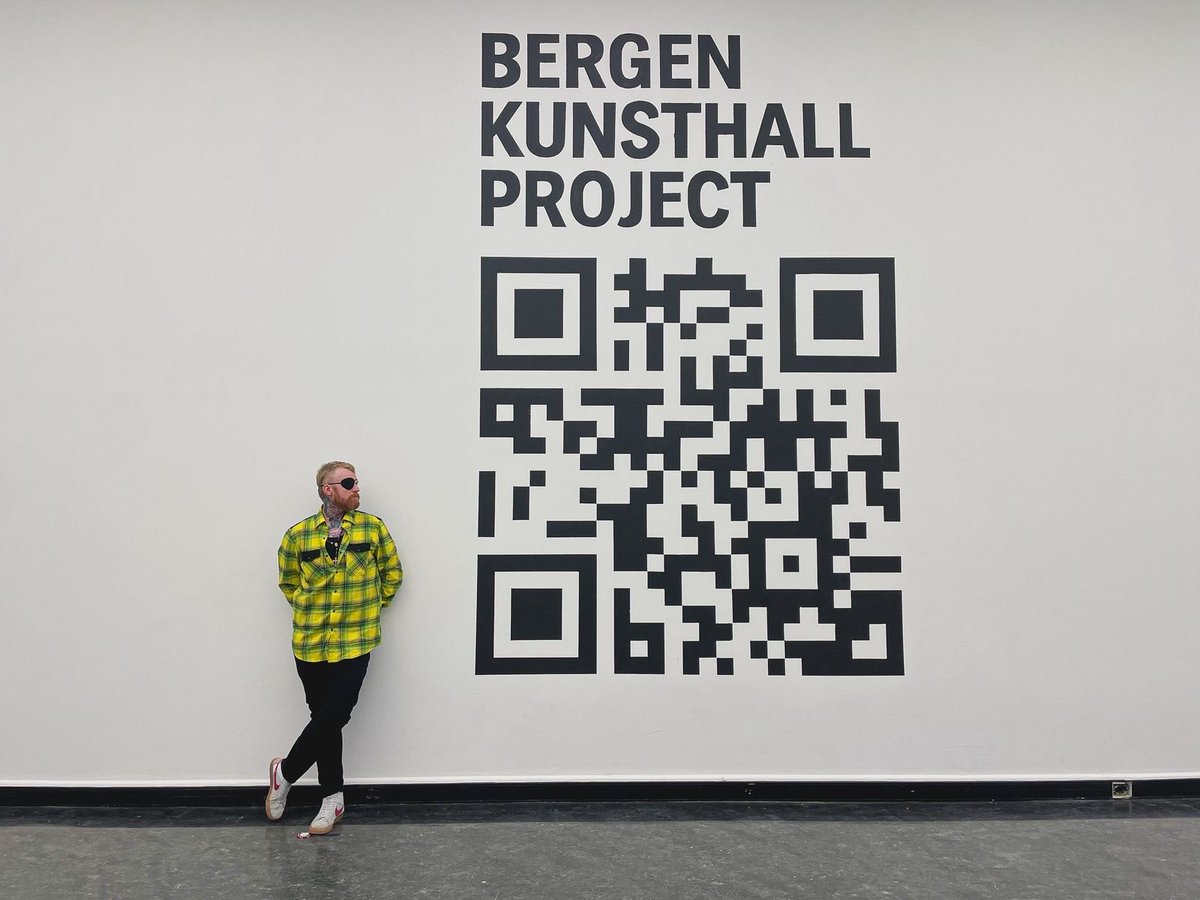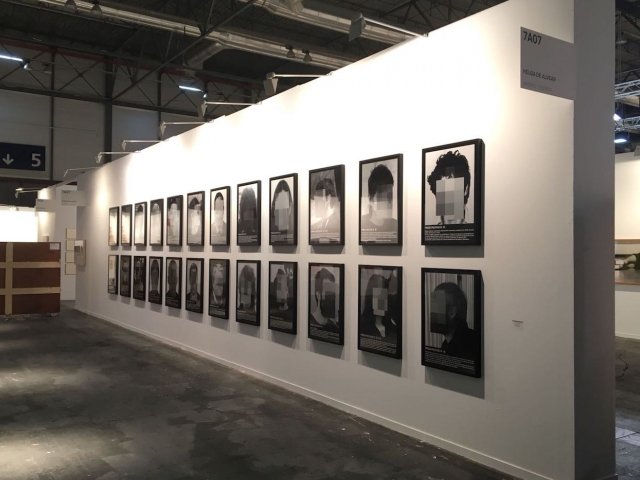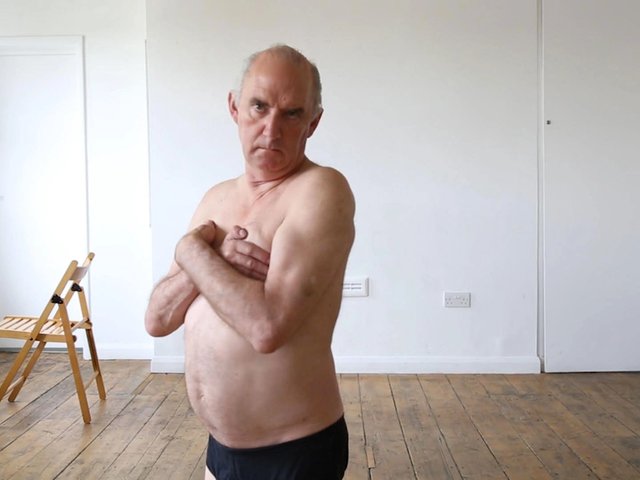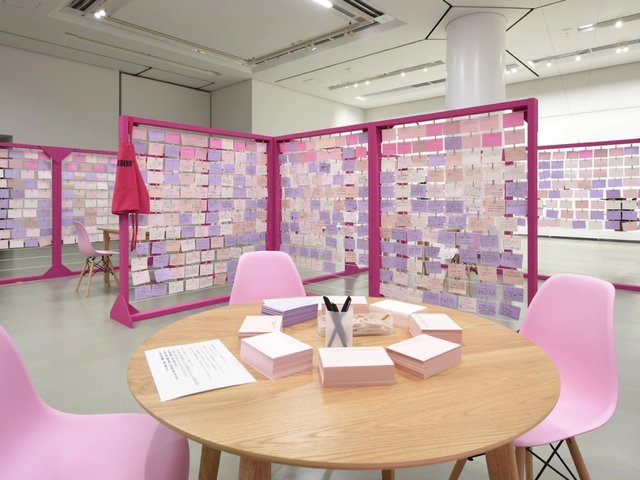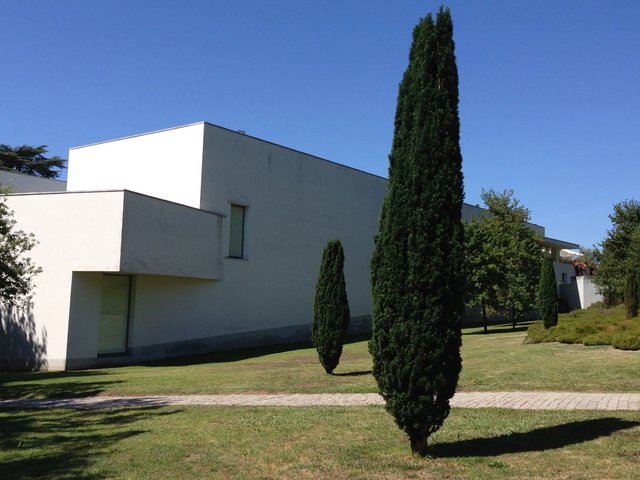A graduation work featuring a QR code linking to a “living, digital artwork” that “mimics” the website of the Bergen Kunsthall has gone on show at the Norwegian institution.
The piece is the Icelandic artist Odee’s response to secret meetings he alleges were held between the University of Bergen and the city’s Kunsthall gallery that led to their pre-emptively censoring of a work he planned to reveal at the Kunsthalle as part of his MFA graduation show.
Odee, who says his practice is rooted in “culture jamming”, is at present appealing a UK court ruling, which ordered him to take down a previous online work highlighting alleged corruption by one of the world’s largest fishing companies, Samherji.
Odee tells The Art Newspaper that no concerns were raised by the university or the gallery after he submitted an initial description of his proposed work, but that relations with the university’s art department broke down after he declined to go into more detail about the mural.
His supervisor was changed and the artist was told he could not take part in the group show, which opened in the city last week.
“I do not know if the school has overreacted or is bowing to pressure from Samherji,” Odee says.
Last year, the chief executive of Samherji, which is based in Iceland but has substantial business interests in Norway as well as in the UK where it trades as Seagold, was quoted in the Guardian as saying that academic institutions, which “gave their blessing” to trademark violations under the guise of artistic expression, should give “serious consideration” to any future decisions.
Legal action
The artist claims that a grant intended to help further his artistic research had to be spent on paying lawyers “in order to be allowed back into my own graduation show”.
“Pre-emptive censorship is illegal under Norwegian law,” Odee says, adding that the school did not communicate appropriately and that worries about what his work might contain were not a sufficient reason to ban him from exhibiting.
As a result of the legal intervention he was subsequently told he could participate but was assigned only half the wall space he had originally been allocated.
“This did not happen to any other student,” he says. “This obviously had a huge impact on the work, so I changed my plans at the last minute and now my mural is a QR code that takes the viewer to a website that mimics the Kunsthall.”
The QR code links to a website, Kunsthall.art, which can be updated remotely. Its homepage currently contains an image of a muppet surrounded by burning flames and links to letters between Odee and the Bergen University art department including a demand from the artist that the head of the department, Katrine Hjelde, resign.
Odee has requested minutes of the meetings he alleges both the university and the gallery held in which his work was discussed without him being present.
The Kunsthalle and the university did not respond to comment requests by The Art Newspaper.


